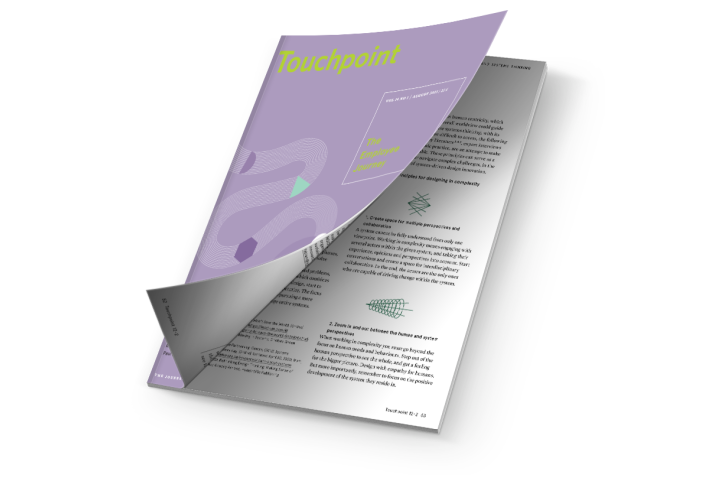
23 Touchpoint articles in this issue
Touchpoint overview

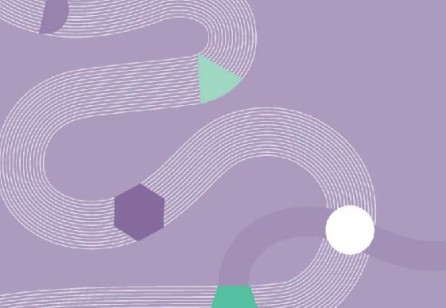
From the editors
Employees are integral to service delivery, and the service design community has long recognised that employee experience is inherently interlinked with customer experience. But it’s not just the drive for happy customers that pushes organisations to focus on their employees; in the US alone, unemployment is hovering around its lowest level in 20 years, putting power in employees’ hands.
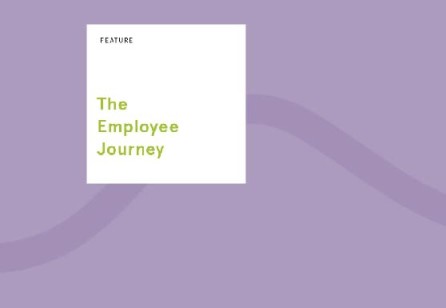
Designing Employee Experience for Customer and Talent Retention
French industry in general, and the country’s energy sector in particular, is facing a massive shortage of qualified talent. The employee experience is becoming a key issue in the ability of companies within the sector to both operate their services, and gain (and retain) their customers.
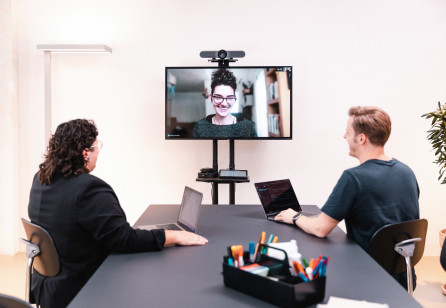
TP14-1 Bridging the Gap Between Distant Disciplines
At Taxfix, we specialise in providing consumer-facing tax services at scale, for the German market. Achieving this requires close collaboration between tax advisors and service designers. Tax advisors are traditionally trained to be precise, avoid mistakes and vigilantly guard against errors. This contrasts sharply with service designers, who are inclined to take risks, embrace uncertainty, and value creative experimentation. In this article, we share insights on our recipe for how to find a productive mode of collaboration between two disiplines which on the face of it seem to be worlds apart.
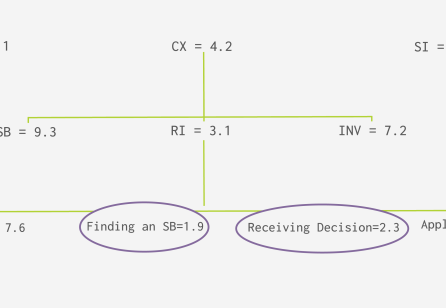
TP14-1 Equity-infused CX, EX and Service Health at NASA
Because services typically have multiple products and subservices, designing a service and measuring its health is complex. We share our approach to (re)designing a NASA service to improve customer experience (CX), employee experience (EX), and service health, whilst incorporating equity into all three.
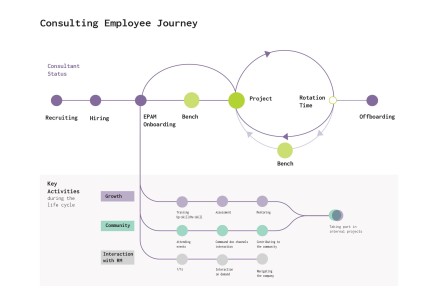
TP14-1 Building Trust and Employee Engagement
As Service Designers Consultants, we spend most of our time thinking and crafting experiences for our clients, we often use our skillset to engage with users, understand new global trends and deliver value to all kind of industries. This time we had our heads down thinking about our own experience as employees and seeing ourselves as end users. We thought we had overcome the steep learning curve, the one we usually have in a rush when starting a project in a new industry. Little did we know that digging into our own employee experience would take us to another level of exploration
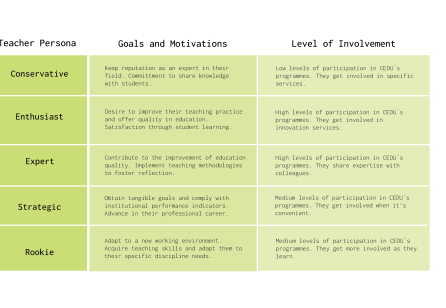
TP 14-1 The Teacher Journey Map
Companies often celebrate their anniversaries with parties, heartfelt messages from leaders, corporate gifts, or awards to commemorate the occasion and show appreciation for their employees’ contributions. But what better way to mark the occasion than by striving to improve the internal experience of employees? This article tells the story of when that took place within a university in Colombia.
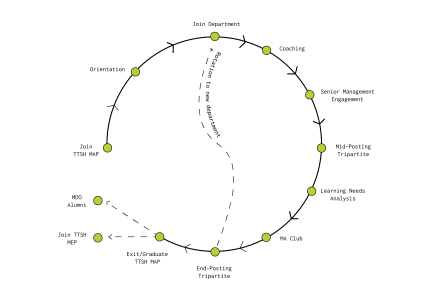
TP14-1 Service Design for Talent Development
Though service design has been frequently utilised to enhance employee experiences, it is rarely applied for talent development in an Asian healthcare context. The article discusses service design’s use in the redesign of the Management Associate Programme in Singapore’s Tan Tock Seng hospital and distils three key insights from this exercise.
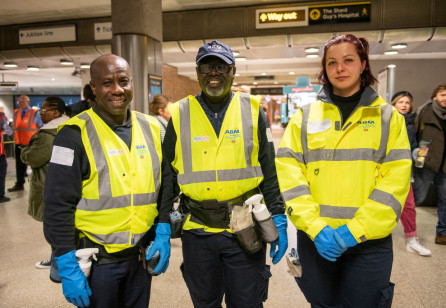
TP 14-1 Designing Cultures of Success
Employee engagement is a proven foundational component in driving better organisational outcomes. Research shows that companies with highly engaged employees outperform their competitors by 147 percent1. If an organisation seeks to enhance the design and delivery of their products and services, and increase ROI, it needs to first concentrate on creating the best possible employee experience. However, employee engagement has even more benefits. Improved engagement leads to less absenteeism, lower employee turnover and increased productivity.
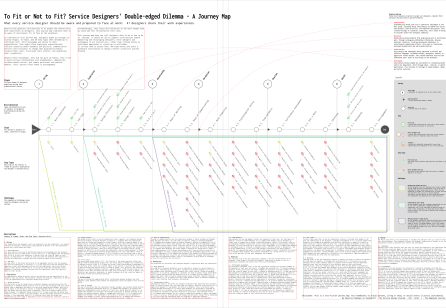
TP14-1 To Fit or Not to Fit?
In recent years, service design has become increasingly important in driving organisational change. One contributing reason is the growing recognition that employee experience significantly impacts both customer satisfaction and the organisation’s bottom line. Service designers are at the forefront of this change, responsible for designing service offerings and implementing and embedding change within organisations. However, this evolution towards becoming catalysts for change comes with challenges, particularly for service designers tasked with changing organisational culture while trying to fit into it.
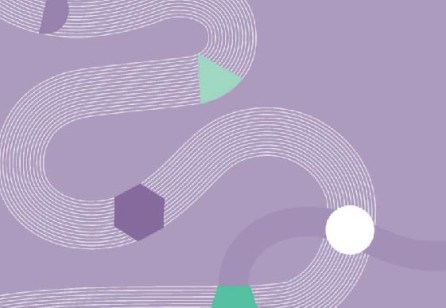
TP 14-1 Beyond the Employee Journey
This article will uncover a project where an employee journey served as a starting point for a wider corporate transformation. What made this project unique was that we involved blue-collar workers, who are perhaps not the most common participants in co-design workshops. Our project is illustrated through our sharing of the company context as well as the relevant project phases, and we conclude with insights and learnings.
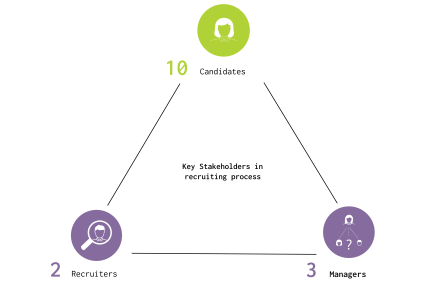
TP14-1 Happy Employees Drive Happy Customers
VodafoneZiggo, a telecommunications organisation based in the Netherlands, has applied service design for many years in order to review and improve service delivery to its customers. In particular, customer journeys and personas have been embraced as useful methods. While these projects initially focused on customer experience, the service design approach is now also being applied to employee experience projects.
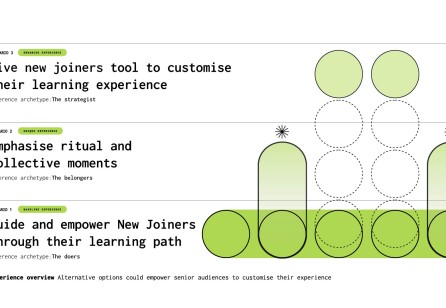
TP14-1 Employee On-boarding Experience in a Hybrid, International Set-up
How can a company deliver an effective on-boarding experience at scale, with high numbers of new hires, across different geographies? In this article we discuss how adopting an inclusive approach, embracing complexity and applying incremental innovation have been key to success in rethinking the employee on-boarding experience at Doctolib, a multi-national health-tech organisation based in France.
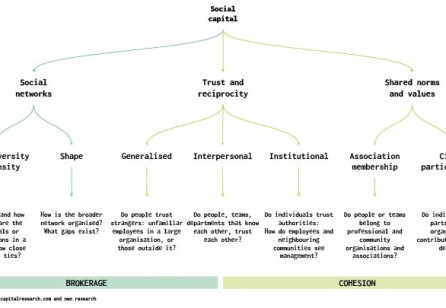
TP14-2 Expanding Employee Journeys with a Focus on Relationships
In this article, we open the door to exploring the interplay of human and social capital strategies for improved employee experience and organisational performance. This approach combines the focus on the employee as an individual, and the focus on employees as an interacting group of individuals.
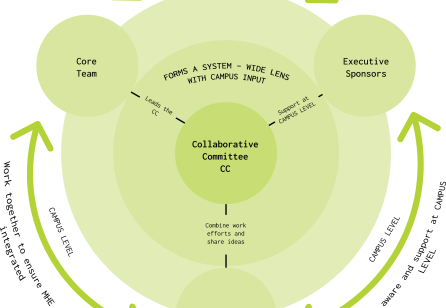
TP14-1 Not Just a Training: Transforming Service Excellence in Healthcare
Healthcare workers worldwide have been stretched thin and pushed beyond their limits in the years since the onset of the Covid-19 pandemic. In one comparison of 27 industries, healthcare ranked last for employee satisfaction, and hospitals were ranked among the lowest in satisfaction by consumers. But employee burnout, dissatisfaction and turnover were simmering issues long before Covid-19 brought them to a boiling point. If healthcare workers don’t feel cared for or valued themselves, how can they be expected to provide empathetic, personalised care for their patients?
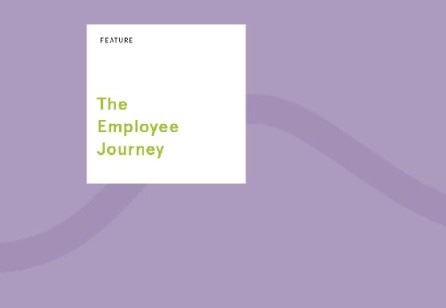
TP14-1 Therapeutic Benefits of Using Service Blueprinting
Solving complex problems requires collaboration across multiple disciplines. Learning-oriented organisations actively work towards breaking down silos to enable a culture of collaboration and create exceptional experiences for their customers and employees. However, achieving meaningful collaboration is hard work. The journey towards it is akin to therapy for the organisation. It requires deep reflection, courage to accept challenges, commitment to work on them, and – most of all – embracing vulnerability.
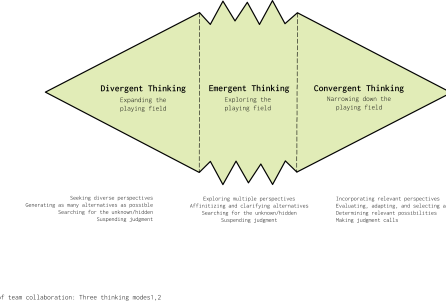
TP14-1 Empowering People to Accomplish Amazing Things Together
Operating in a post-pandemic world, progressive HR functions play a strategic role in driving collaboration, adaptability, and innovation across organisations. The shift to more fluid operating models will inescapably lead to adaptive work structures and self-organising teams. How might HR empower project teams to collaborate and perform dramatically better than today?
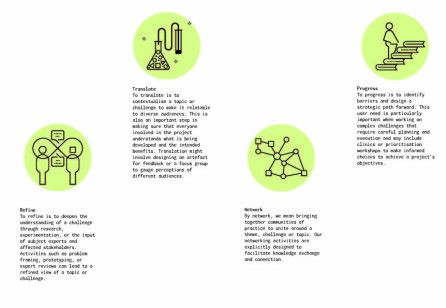
TP14-1 A Co-creation Framework for Interdisciplinary Collaboration
Working across disciplines is not a walk in the park. Every discipline carries its own set of jargon, approaches and customs, often posing barriers to effective collaboration. To overcome these hurdles, the Data + Design Lab at the University of Edinburgh has developed a Co-Creation Framework. This tool is designed to help identify the needs of partners and give direction to the goals of co-creative activities.
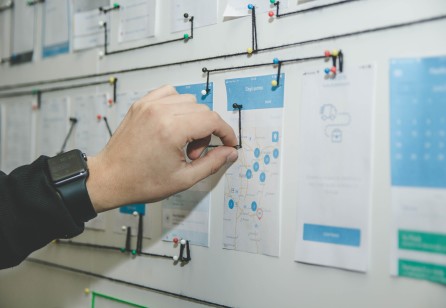
TP 14-1 Service Design Heuristics for Employee Experiences
Creating an engaging and compelling employee experience is a difficult challenge, but not an insurmountable one. By integrating eight proven heuristics, businesses can increase their chances of success, delivering an experience that benefits both the organisation and its workforce.
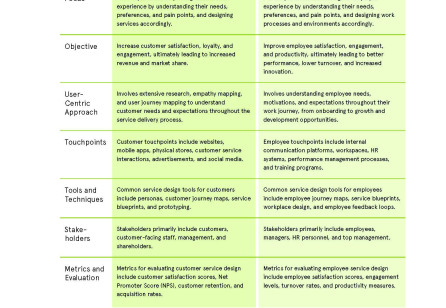
TP14-1 Using Service Design to Shape Employee Journeys
Employees are key to an organisation's success. While traditional models prioritise customers and shareholders, we now recognise the importance of valuing employees as well. This article describes how service design principles and methods can be applied to shape the employee experience, discusses the role of leadership in the employee journey, and lists three cases in which companies focussed on the experience of the staff, not only of customers. We aim to identify methods for holistic employee experiences, enhancing engagement, productivity and satisfaction, whilst still supporting the organisation's long-term sustainability and competitiveness.
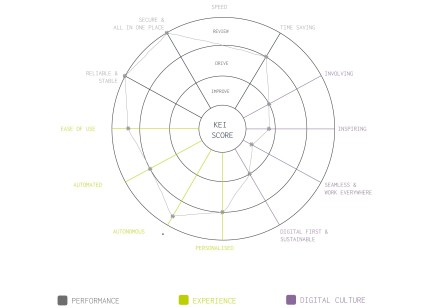
TP14-1 Turning Workplaces into Employee Service Experiences
The future of work is a highly debated topic, and rightly so. Finding the best talent, dealing with their changing expectations towards employers, and the increasing (hopefully not yet exclusive) importance of technology for work mean that we need to focus on creating and actively shaping an optimal working environment. This is a challenge.
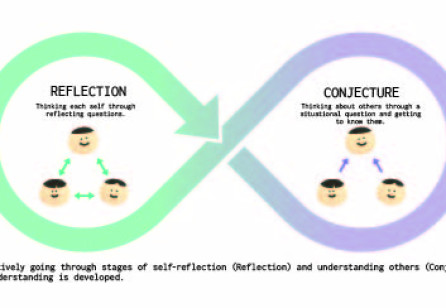
TP14-1 Design Toolkits for Enhancing Team Engagement
How can an organisation be designed so that individual motivation and ability links with team goals and organisational vision? Achieving this has a significant impact on the performance of the organisation. Can we create tools to help with this goal with a service design approach?
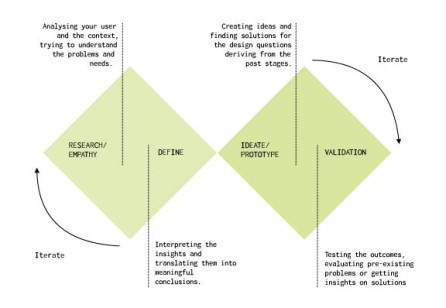
TP14-1 User Research with Generative Tools
Generative research tools are qualitative research methods that are not focused on a specific service or product, but more on end users’ lives, supporting the creation of wellrounded pictures of those users, including their aspirations, dreams and desires.
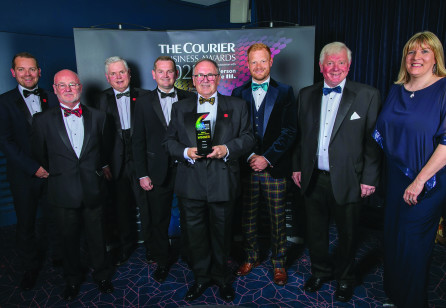
TP14-1 Furnishing Fun
Service design maximises employee satisfaction and productivity by optimising every touchpoint within an organisation. It cultivates a workplace culture that prioritises employee well-being, happiness and success, making it a powerful approach for enhancing the employee experience.


